Whether you’re swirling in a tasting room in Chinon or simply feeling poetic over a midweek roast chicken, few wines offer the paradoxes of elegance and rusticity quite like this crimson envoy from the Loire Valley. It’s no accident that Alexandre Dumas, when not sharpening the sword of d’Artagnan, spoke of wines that “savor like a duel performed at dawn.” If he ever tasted a 2016 Saint-Nicolas-de-Bourgueil, he was probably smiling.
A Noble Glance Back to Cab Franc’s origin
The history of this variety begins not in the Loire but further south, around the 17th century in the Basque regions of southwestern France. It was later lovingly transplanted to the châteaux-lined banks of the Loire by Cardinal Richelieu’s steward, who introduced it to the Abbey of Bourgueil in 1631.
This ecclesiastical act of viticulture would shape the future of the vineyards from Anjou to Touraine. Over time, it found a comfortable—and then essential—place in the terroirs of Chinon, Bourgueil, and Saumur-Champigny, regions that have become synonymous with precision and restraint in red winemaking.
Of course, one might say it never quite stole the limelight like its more tannic cousin Cabernet Sauvignon, but what it lacks in fame it redeems in charm. After all, Jean Gabin never needed to shout to command the screen.
The Peel and the Pit: Flavor and Structure of the Grape
What, then, does one meet in a glass of this vibrant red? Expect an aromatic bouquet of redcurrant, raspberry, and violets, sometimes layered with subtle notes of bell pepper or graphite, depending on its age and the microclimate of its vineyard. Its freshness and linear acidity make it ideal for both pairing and pondering.
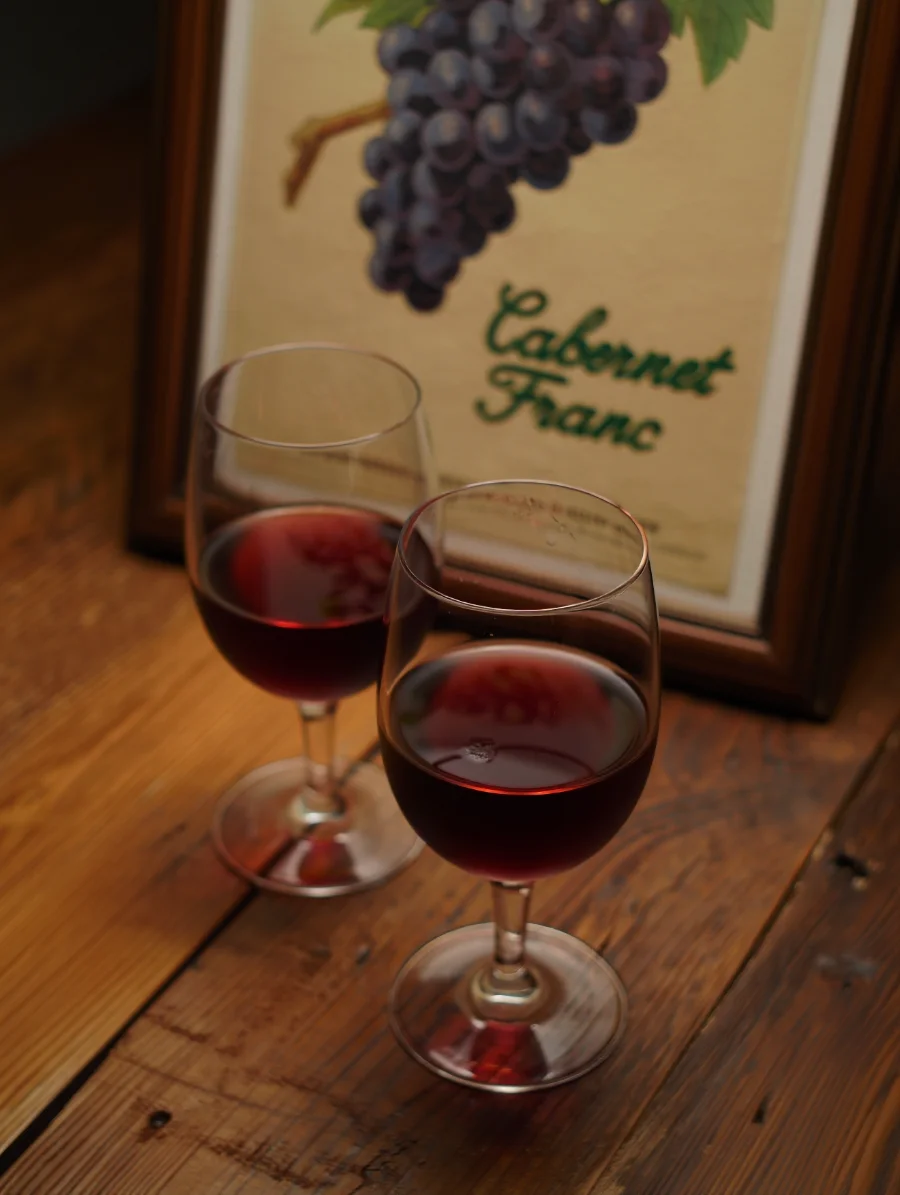
Traditionally, these wines offered a supple, almost ethereal body—best enjoyed slightly chilled, within a few years of bottling. However, modern vintners of the Loire are rewriting this script. Producers in Chinon and Saumur-Champigny, working with older vines and lower yields, now vinify with longer macerations, sometimes maturing in oak, to bring more density, polish, and cellar potential. The results? Wines with more flesh and firmness, but still unmistakably expressive of their origin.

Partner offer

Direct wine, better price.
The Geometry of Terroir : the many profiles of Cabernet Franc
In the patchwork quilt of the Loire Valley, terroir is everything. From siliceous sand in Saint-Nicolas-de-Bourgueil lending finesse and lift, to the tuffeau limestone slopes in Saumur imparting depth and longevity, the soil shapes the story. Vines rooted in limestone-rich soils typically produce wines with an upheld backbone—apt candidates for laying down ten years or more. In warmer vintages, the variety can summon notes of black cherry and tobacco leaf, a flavor profile closer to a literary thriller than a pastoral poem.
By contrast, wines from gravelly soils along the river, such as in the plains of Chinon, offer a briskness and juicy immediacy. It’s this polymorphism that makes the grape both elusive and rewarding for winemakers and wine lovers alike.
More Than a Red: Rosé and Reason
Lest we think its role is only ruby-hued, consider the lovely, lighter side of things. The grape also finds expression in the rosés of Rosé d’Anjou and Cabernet d’Anjou, usually blended with Grolleau or its cabernet cousin. These pink expressions might lack the gravitas of their red counterparts, but they whisper of markets on Saturday mornings and linen tablecloths warmed by the sun.
And for those seeking a Loire adventure by bottle or bicycle, many estates along the Loire Valley trail offer tastings within medieval cellars, dug straight into the chalky cliffs. The cool humidity of these caves is not only perfect for aging wine but also for echoing centuries of vinous tradition.

Not least, the grape’s sensitivity to climate and vinification makes it a prism through which the artistic hand of the winemaker is fully visible. This is a wine of decisions, not default.
The Must-Taste Moment
No guide would be complete without a concrete passport to flavor. In recent years, the exemplary domaine Bernard Baudry in Chinon has showcased the grape’s potential with wines that oscillate between mineral precision and generous fruit. Particularly his “La Croix Boissée” cuvée, which harnesses old vines on limestone slopes, offers a profile both architectural and tender—the Catherine Deneuve of reds, if you will.
Whether uncorked by candlelight or picnic daylight, this grape has a way of inhabiting the moment. Whenever you next pass a bottle from Bourgueil or Saumur-Champigny, pause and consider: it’s not just a wine—it’s the river’s reflection in a ruby-glass chalice.
Curious drinkers may well want to book their next stop under the tuffeau sky—or simply subscribe below for more stories where terroir and table meet.
More Grape varieties to learn about

Chenin Blanc
Chenin Blanc is the emblematic grape variety of the Loire Valley wine region. Chenin offers a great diversity of wine styles (dry, sweet, sparkling) and…

Cabernet Franc
It is between the Touraine and Saumur wine regions that Cabernet Franc expresses all its character, infused with the characteristic chalky notes of tufa (Loire…

Côt
The Côt grape variety, also known as Malbec in South America, has also found a beautiful place of rebirth in the Touraine wine region. Even…

Melon de Bourgogne
Originally from Burgundy, as its name suggests, Melon de Bourgogne has adapted perfectly to the oceanic climate of the Nantes region, where it is now…

Sauvignon Blanc
Sauvignon Blanc is the only grape variety authorized in the great appellations of Sancerre and Pouilly-Fumé. It can also be found in the Touraine wine…
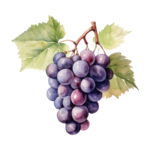
Pinot noir
While Pinot Noir is the emblematic grape variety of Burgundy, it is also found in the Loire Valley, particularly in the Sancerre, Cheverny and eastern…

Gamay
If Gamay is the star grape variety of Beaujolais, it is found in many other Loire Valley appellations: Chateaumeillant, Valençay, Touraine (red wines) and Anjou…




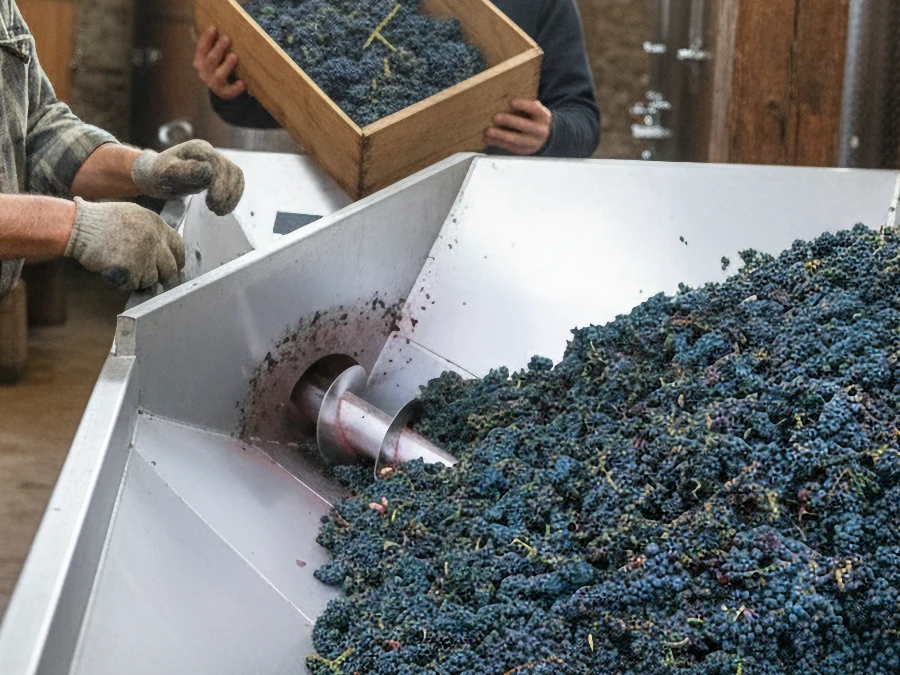

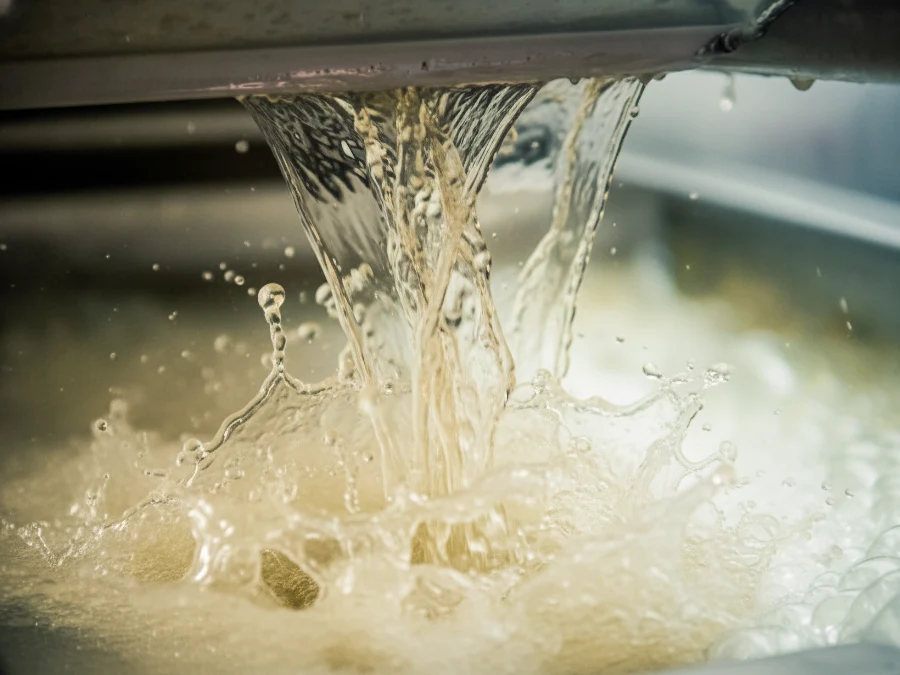
![PODCAST [S1E4] – The Well-Kept Secrets of Anjou-Saumur Wines](https://divineloire.fr/en/wp-content/uploads/2025/11/geologie-des-vins-d-anjou-saumur-1.webp)
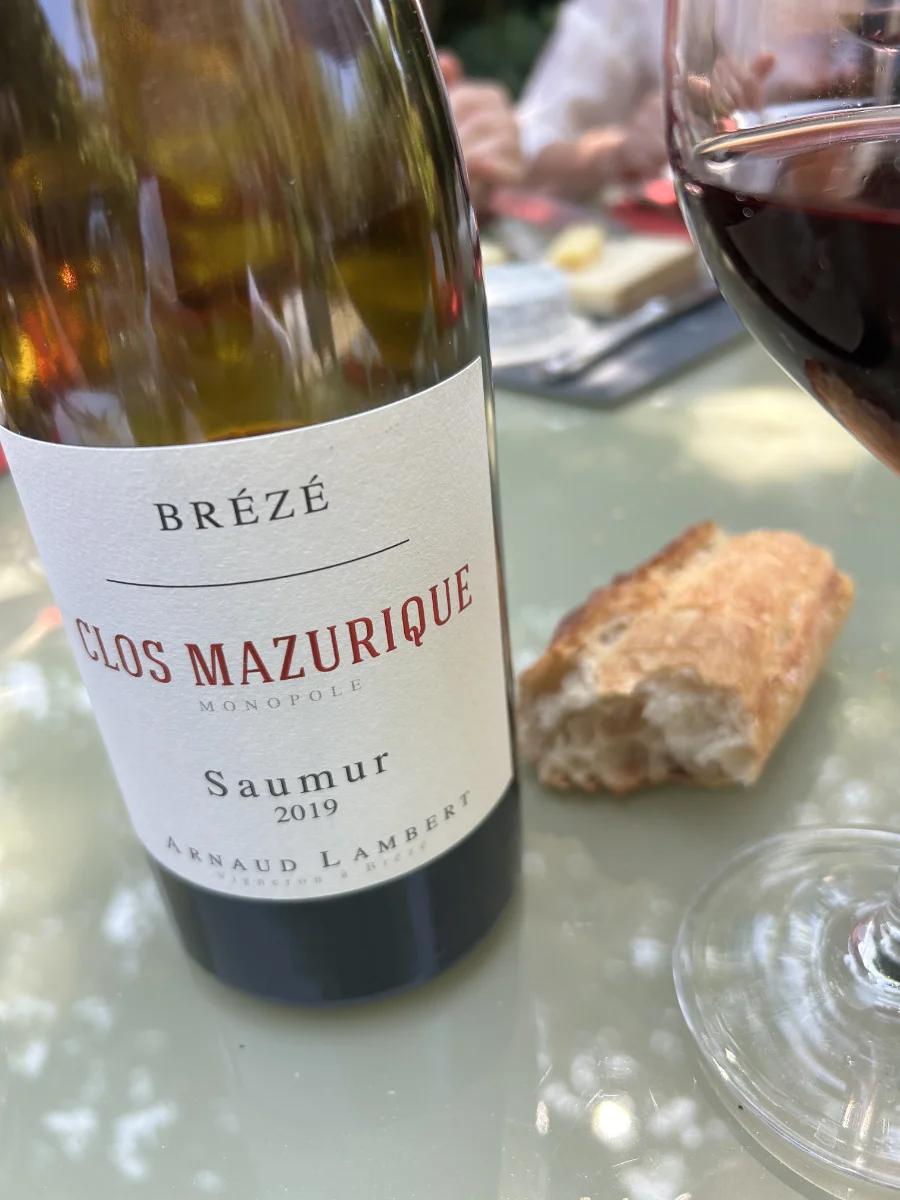
![PODCAST [S1E3] – Chinon, Vouvray, Bourgueil: The Holy Trinity of Touraine Vineyards](https://divineloire.fr/en/wp-content/uploads/2025/11/vignobles-touraine-chinon-vouvray-bourgueil-1-1.webp)